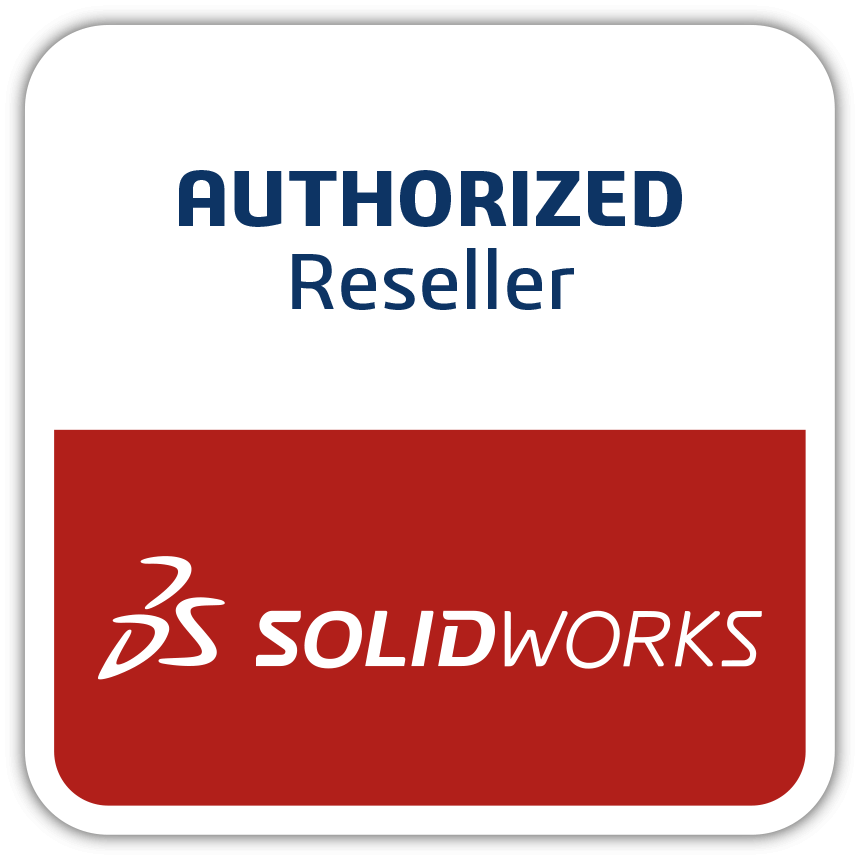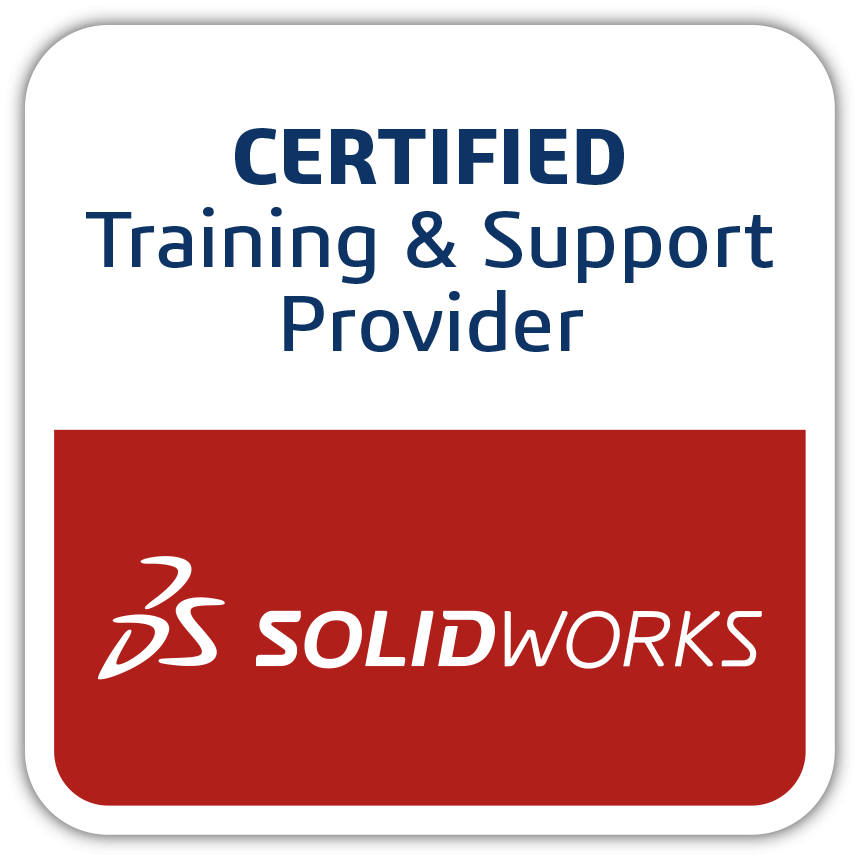How Many Different Ways to Solve a Simulation Problem
How many different ways are there to solve a Simulation problem? There are probably many more ways than you think, so you may be asking yourself: “How can I be sure that I have the ‘right’ answer?” First off, while one could come up with a myriad of different answers for the same problem, there are no “right” answers, just one that is generally agreed upon. What I mean by this is that the program gives the user a very specific answer to a question that it is asked. Sort of like a black box: a question goes in, and an answer is a spat back out. The problem that the user faces is whether the proper question is asked. A very good piece of advice that I learned some time ago from a colleague that I will share with you is that every input (into an FEA program) is an assumption. Starting with the geometry: Is this the exact geometry that will be physically made? No, the CAD model is an idealization of the real thing. And then you discretize the geometry with a mesh, further removing it from reality. The material properties will most definitely be different. Are there any microscopic imperfections in the finished part that may cause it to fail sooner? Will the forces and restraints ever change location, magnitude, and direction? And what about the value, where did that come from, and are you certain that it won’t be different? Can you predict all the different ways that the design will be used in the field? Have you ever seen a wrench used as a hammer? Conducting a proper simulation requires the user to manage the assumptions. Is it then even worth running a simulation? Yes. There is still a ton of valuable information that you can obtain from the results. To answer the question, is there a right answer: All answers are wrong, and only some are useful. I found an interesting post on the SOLIDWORKS Forums some years ago that I will use an example problem to demonstrate how there are several ways of solving the same problem. The reason I like this example is that the original poster provided a 2D image of the model and an actual photo of the buckle part Image 1: 2D drawing of the example model with dimensions given in millimeters. In the drawing, a force of 12 kN is indicated pushing down with a fixture holding it up. The dimensions are detailed in millimeters and the poster stated that it is 3.25mm thick. Material is also provided, but I will explain shortly why this is really not immediately important. From the photo in Image 2 of the actual part, you can tell that it is made from metal. Image 2: Photograph of the actual physical part. When I model up the part and run it exactly as stated, I get the following error message seen in Image 3, “No restraints are defined.” The reason is that the solver cannot come to a unique solution; any small difference can cause the forces to not exactly balance out in all directions. It’s NOT because I had not stated what the material is yet. When looking at stresses, the equation of load over the geometric section does not include material properties. Yes, to run a Simulation FEA problem, you need to define a material, but don’t sweat it, just apply any material and you’ll get the same results. Don’t believe me, try it yourself. (Now if you are focusing on displacements then this is another thing.) Only after you know what the stresses are should you start to look for a material whose properties meet those requirements (and cost obviously, not everything can be made from Wishalloy.) Doing what the error message suggests provides just enough for it to solve. This is one way, the first way in our case, to solve the problem. Image 3: Error message that there are not sufficient restraints to solve the problem as exactly stated. This is not what I would call a good solution though because clearly, you can see in Image 4 that the displacements are off. I did not alter (by rotating) the image; this is the answer that was spitting out. The deformations are automatically exaggerated by over 4 times, and this is done normally so that you can see what are typically very small displacements. The unknown quantities solved in a static problem are displacements, so this is important. The stress distribution seems to make sense, so I can get some information from this result. Image 4: Solution #1 set up as the original problem statement. Opposing load vectors are shown vertically while the rotated deformation is scaled over 4 times. One commenter suggested applying restraints at strategic points in order for the solver to run. For this example, I applied normal (perpendicular to the screen) and vertical restraints at two vertices towards the top of the part on either side; and at a single vertex on the bottom middle, another normal restraint and a horizontal restraint to prevent it from moving side-to-side but still allowing it to stretch vertically there. You can see the remnants of the three pinned restraints boxed in red in the Image 5 stress results below. This allows the model to run normally, but I would not suggest using this method universally. It can cause some very large stress risers for some solutions; think of the way a t-shirt hangs when it is pinned on a clothesline. The deformations are scaled by over 16 times. Now another way to solve the problem is by knowing that the restraints will exert an equal and opposite reaction force, so the load applied vertically up could instead be defined as a vertical restraint. Actually, I took the liberty of switching out the “fixture” in the 2D drawing for a load because of this fact. It’s important to note that a restraint prevents the selected…






